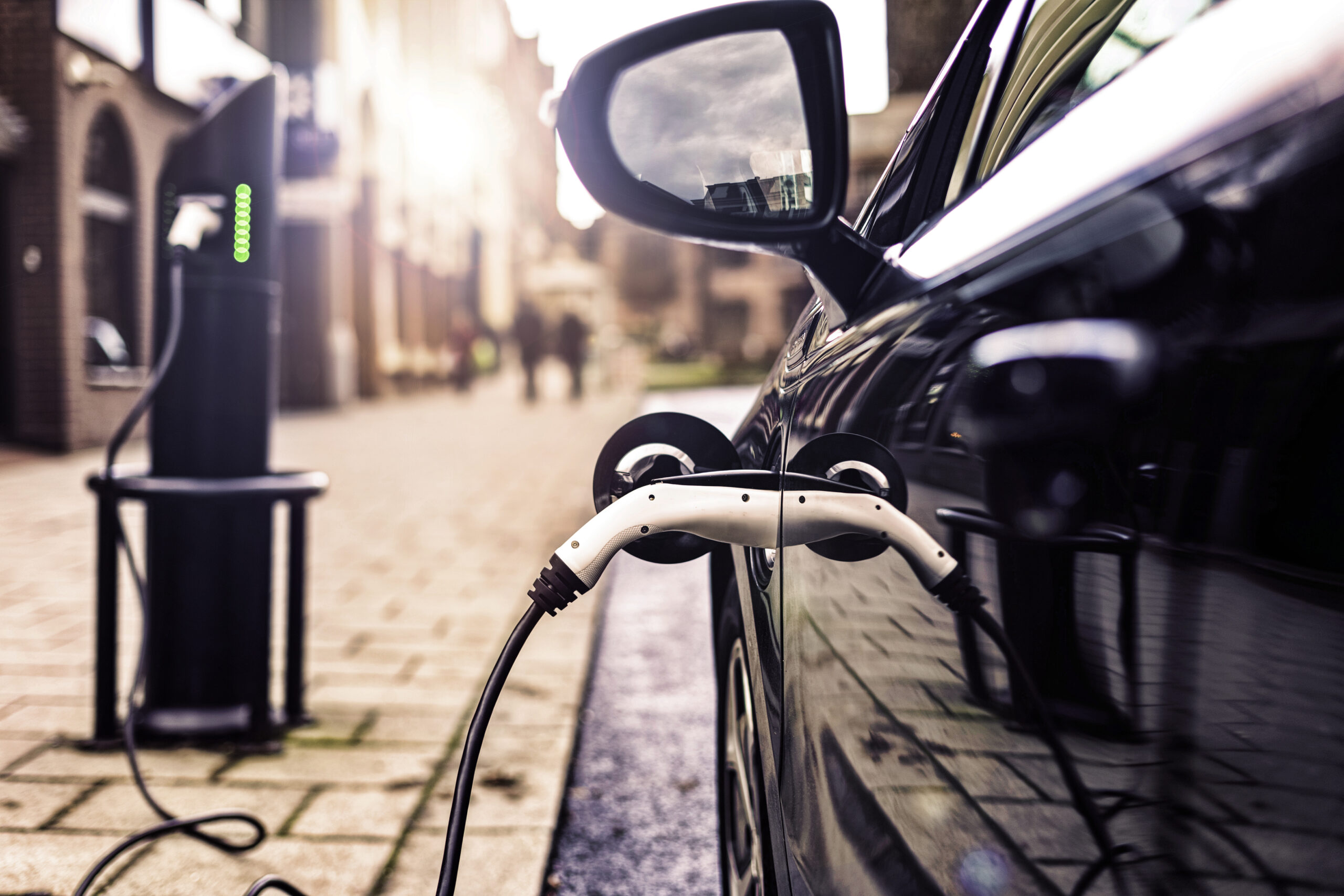
EVs & Related Equipment
From the electric vehicle charging station and its cables, adapters, and couplers to your EV’s fuses, wires, and batteries, our standards are hard at work keeping you safe from potential hazards and risks.
What is the Risk to You?
The moment you plug in your electric vehicle and begin charging, an extraordinary amount of electricity instantly passes through the charging cable and into your EV battery — sometimes enough to power an entire house.
UL standards help you avoid harm from hazards posed by EVs. And as the number of EVs in use has grown exponentially, along with the associated risks, safety standards have evolved to help you protect yourself.
By the Numbers
Hover over each stat below to learn about the impact proper EV maintenance and use can have in minimizing risk.
Keep reading to explore examples of the power of prevention from people just like you.
Standards in Action
A safety standard is like an instruction manual put together by experts to guide the testing of products, services, and systems to make them safer for you.
Our standards library for EV technology is broad and growing, not only addressing the batteries, fuses, and polymeric electrical equipment in your vehicle, but also charging systems, cables, and couplers, as well as wireless power transfer equipment and more.
Updated Standard Contributes to EV Battery Circularity
Every day, hundreds of EV batteries reach the end of their initial service life — but that doesn’t mean they have to end up in the landfill. Learn UL 1974 helps repurpose these retired power sources (which still hold up to 80% capacity) into vital energy storage systems. From maintenance protocols to remanufacturing requirements, this standard provides the rigorous framework needed to help safely extend the service life of EV batteries. Keep reading to learn more.
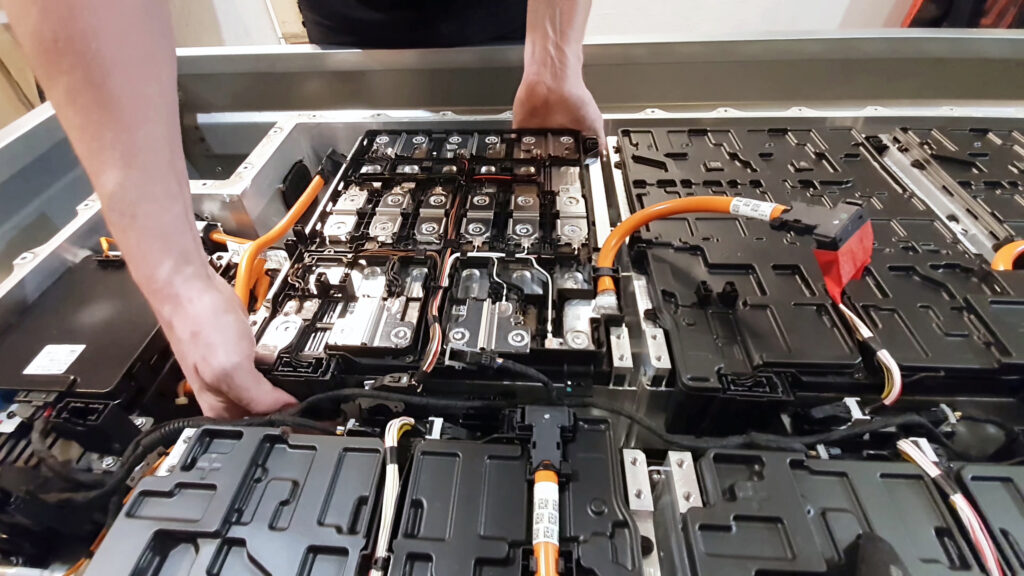
EV Technology Safety Resources
We are committed to improving the safety of everyone vulnerable to EV-related hazards and risks — and it starts with education. Explore these resources to equip yourself with the knowledge you need to live more safely.
-
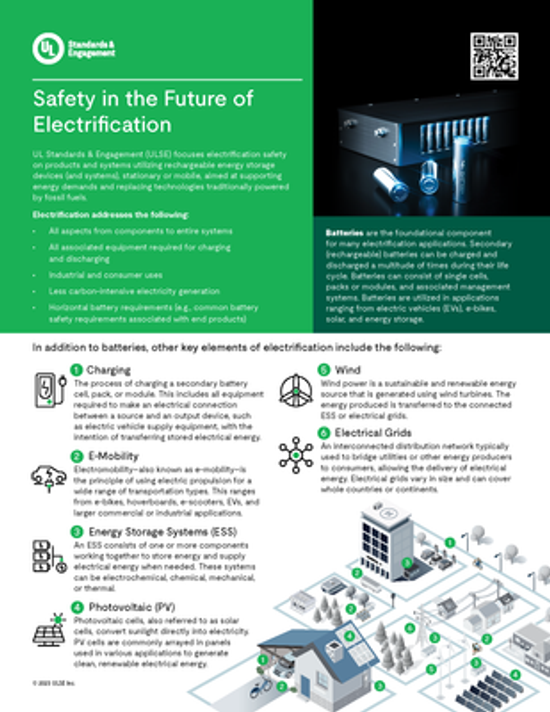
Safety in the Future of Electrification
Learn more about our electrification program, including the scope and key areas of emphasis — including our work to enhance…
-
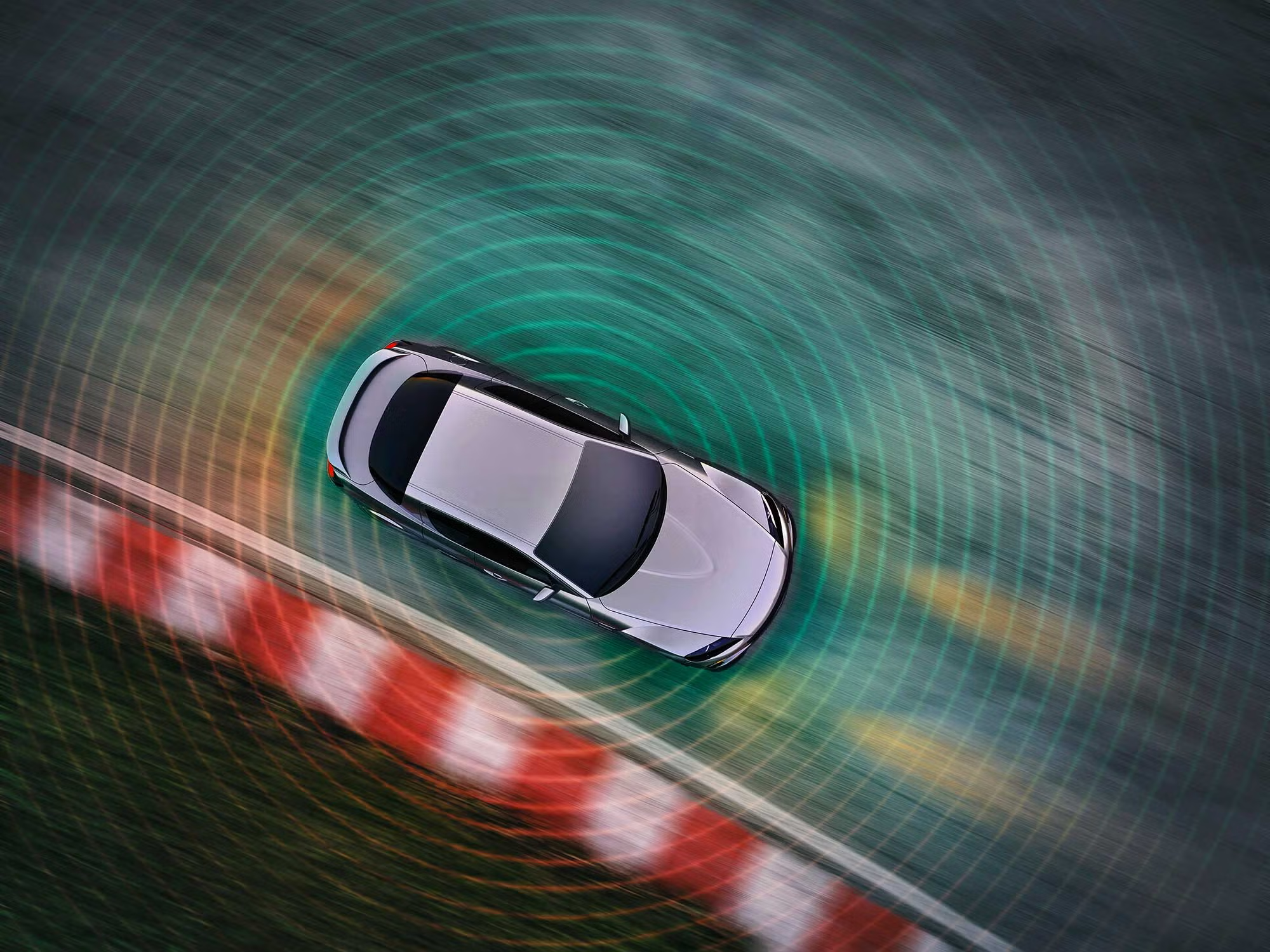
Using UL Standards to Help Make Electric and Autonomous Vehicles Safer
As electric and autonomous vehicle technology has evolved, ULSE has maintained a consistent focus on safety for these products, publishing…
-
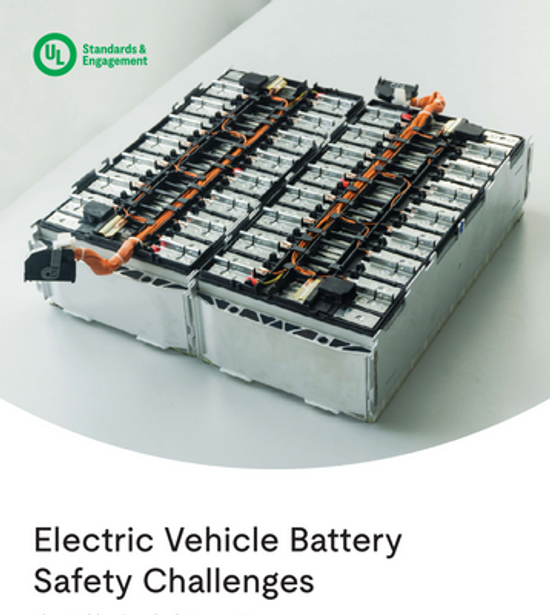
Electric Vehicle Battery Safety Challenges
While EVs offer environmental benefits, implementing proper safety standards and measures is crucial for addressing potential hazards. Download the report…
Frequently Asked Questions
Education can be one of our greatest assets in addressing EV safety risks. Continue reading to find common questions about EV safety and learn how to mitigate your risk.

most commonly asked
How likely are EV batteries to catch fire?
EV fires are statistically rarer than conventional vehicle fires, but fires caused by lithium-ion batteries, which power EVs, are faster and more aggressive than other fires.
Fires can occur from damage, manufacturing defects, or charging system failures. Damaged or malfunctioning lithium-ion batteries, which power EVs, may slip into thermal runaway — an uncontrollable, self-heating state that can end in fire.
How do standards make electric vehicles safer?
Our catalog of standards for EV technology not only covers the batteries, fuses, and polymeric electrical equipment in your vehicle, it also covers charging systems, cables, and couplers, as well as wireless power transfer equipment and more. Additionally, our standard for evaluation for repurposing or remanufacturing batteries provides requirements for the sorting and grading process involved in repurposing batteries from their original configuration in electric vehicles to use in other applications, such as energy storage.
Are EV batteries dangerous after a crash?
Yes, damaged batteries pose risks from stranded energy — remaining electrical charge that can cause fires or shocks. Let first responders handle crashed EVs and follow manufacturer protocols.
How long do EV batteries safely last?
EV batteries typically last 8–10 years on average. Most manufacturers warranty batteries for this period. Performance gradually declines to about 70–80% capacity, at which point replacement or repurposing is recommended.
Can I charge my EV at home?
By using proper equipment installed by qualified electricians, you can minimize the risk of charging electric vehicles at home. Such home charging systems have multiple safety features, including ground fault protection.
What safety features should EV charging equipment have?
Key features include ground fault protection, thermal monitoring, overcurrent protection, and proper weatherproofing. Equipment should meet safety standards such as UL 2594 or UL 2202.
Spotlight
EV Safety Standards
Safety standards have the power to save lives. Explore UL standards that improve EV technology safety for you.
Our catalog includes more than 1,700 safety standards and documents that are regularly updated and added to. Click below to keep exploring how our standards are making the world safer for you.
Get Involved
The best standards are made possible by diverse voices and deep collaboration. Be part of the process by helping inform the next generation of standards.

Technical Committees
Each TC is a diverse group of experts representing a broad range of perspectives and interests, including consumers, manufacturers, regulators, supply chain professionals, and more.
As a TC member, you will review proposals for new or revised standards and work collaboratively to achieve consensus through balloting in our transparent process.

Stakeholders
Stakeholders can submit, review, and comment on proposals for new standards or revisions to existing standards. While these individuals cannot vote, the TC considers their input during the standards voting process. Since standards affect everyone, all are welcome to participate as stakeholders. Register online through our Collaborative Standards Development System, CSDS.
